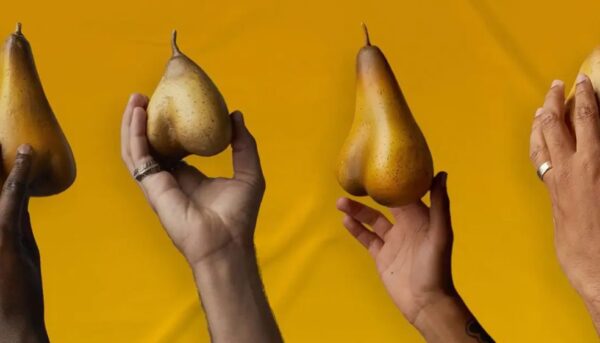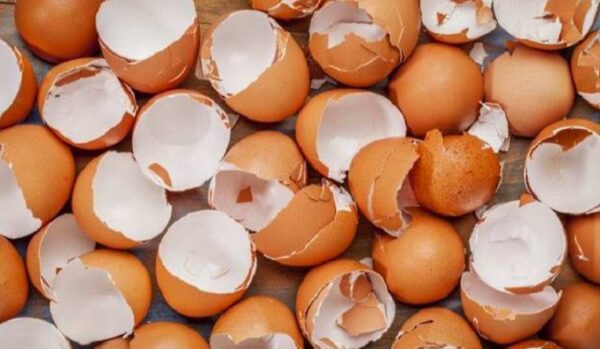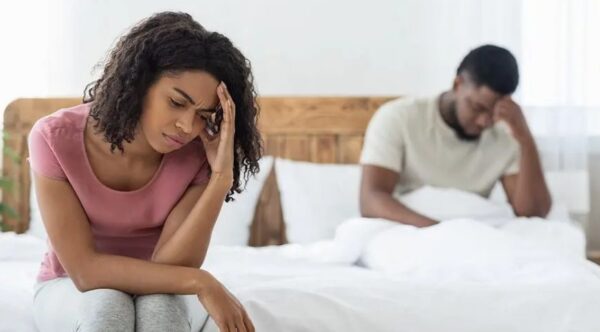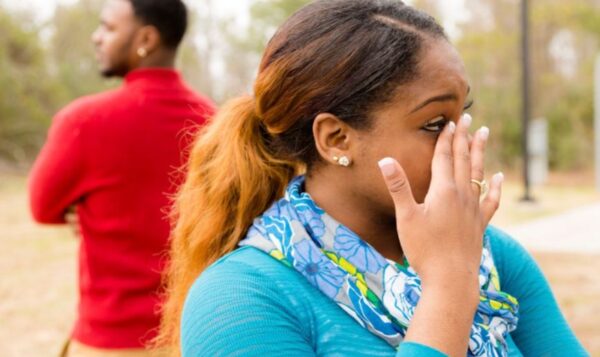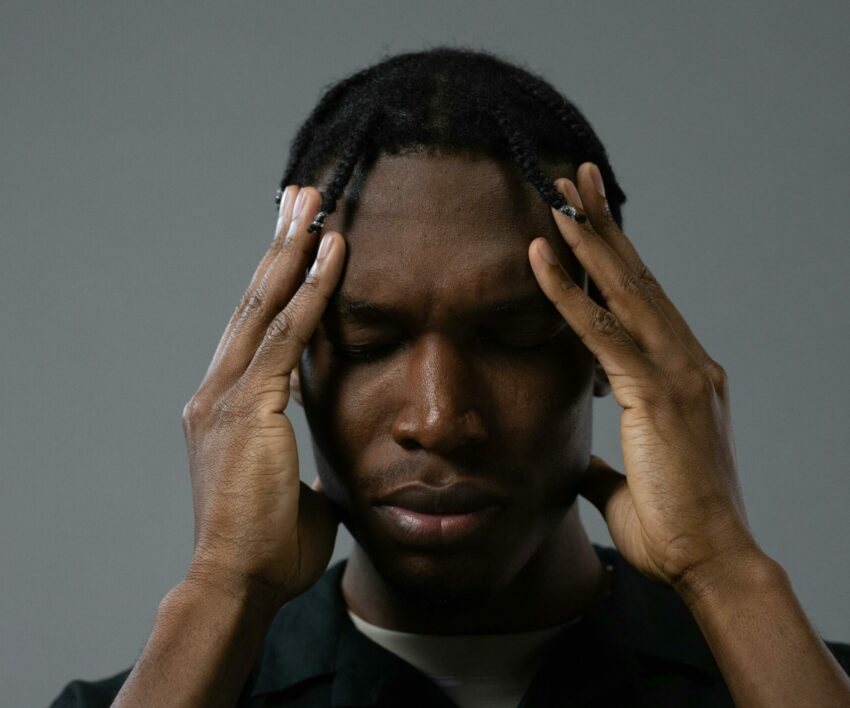If one of your testicles is slightly bigger than the other, don’t panic, this is completely normal for most men and boys.
The human body is not perfectly symmetrical, which means that many body parts, including testicles, may not be exactly the same size. In fact, for most men, one testicle is naturally larger, and one may hang lower than the other.
This difference in size is usually small and nothing to worry about. But if the size difference is suddenly noticeable, or if you feel pain, swelling, or discomfort, you might want to see a doctor.
Let’s take a closer look at why testicles can be uneven and when you should seek medical advice.
Why are testicles uneven in size?
- Normal development – Just like one foot may be slightly larger than the other, your testicles may not be exactly the same size. This is normal and happens to almost everyone.
- Blood supply and function – The testicles are responsible for producing sperm and hormones like testosterone. Sometimes, the one that does more work may be slightly larger.
- Positioning – Usually, the left testicle hangs lower than the right one. This helps prevent them from pressing against each other too much when you move.
When should you be concerned?
Even though a small size difference is normal, there are times when you should pay attention to any changes in your testicles.
- Sudden increase in size – If one testicle suddenly becomes larger, it might be a sign of swelling, infection, or a fluid buildup.
- Pain or discomfort – If you feel pain in your testicles, especially when touching them, you should get checked.
- Lumps or hard areas – If you feel a lump, it could be a sign of a cyst, hernia, or something more serious like testicular cancer.
- Changes in shape or texture – If a testicle feels much softer or harder than usual, it’s worth checking with a doctor.
What could cause testicle swelling?
There are different medical reasons why one testicle may suddenly appear bigger than the other:
- Hydrocele – A painless buildup of fluid around a testicle.
- Varicocele – Swollen veins in the scrotum, usually on the left side.
- Hernia – When part of the intestine pushes into the scrotum, causing swelling.
- Infection – A bacterial or viral infection (like mumps) can cause swelling and pain.
- Testicular torsion – A serious condition where the testicle twists, cutting off blood flow. This is a medical emergency and needs immediate attention.
How to take care of your testicles
Taking care of your testicles is simple and important for your health. Here’s what you can do:
- Do regular self-checks – Gently feel your testicles once a month to check for any lumps, swelling, or changes in size.
- Wear comfortable underwear – Supportive underwear can help keep your testicles safe from injury.
- Stay clean – Good hygiene helps prevent infections.
- See a doctor if needed – If you notice any changes, don’t be shy—doctors are there to help.
